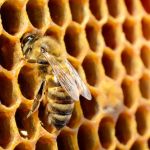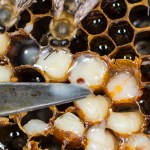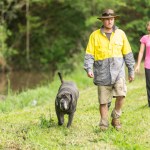Registered commercial beekeepers will be reimbursed for all equipment, hives and bees that are destroyed…
Sticking to the Varroa mite plan
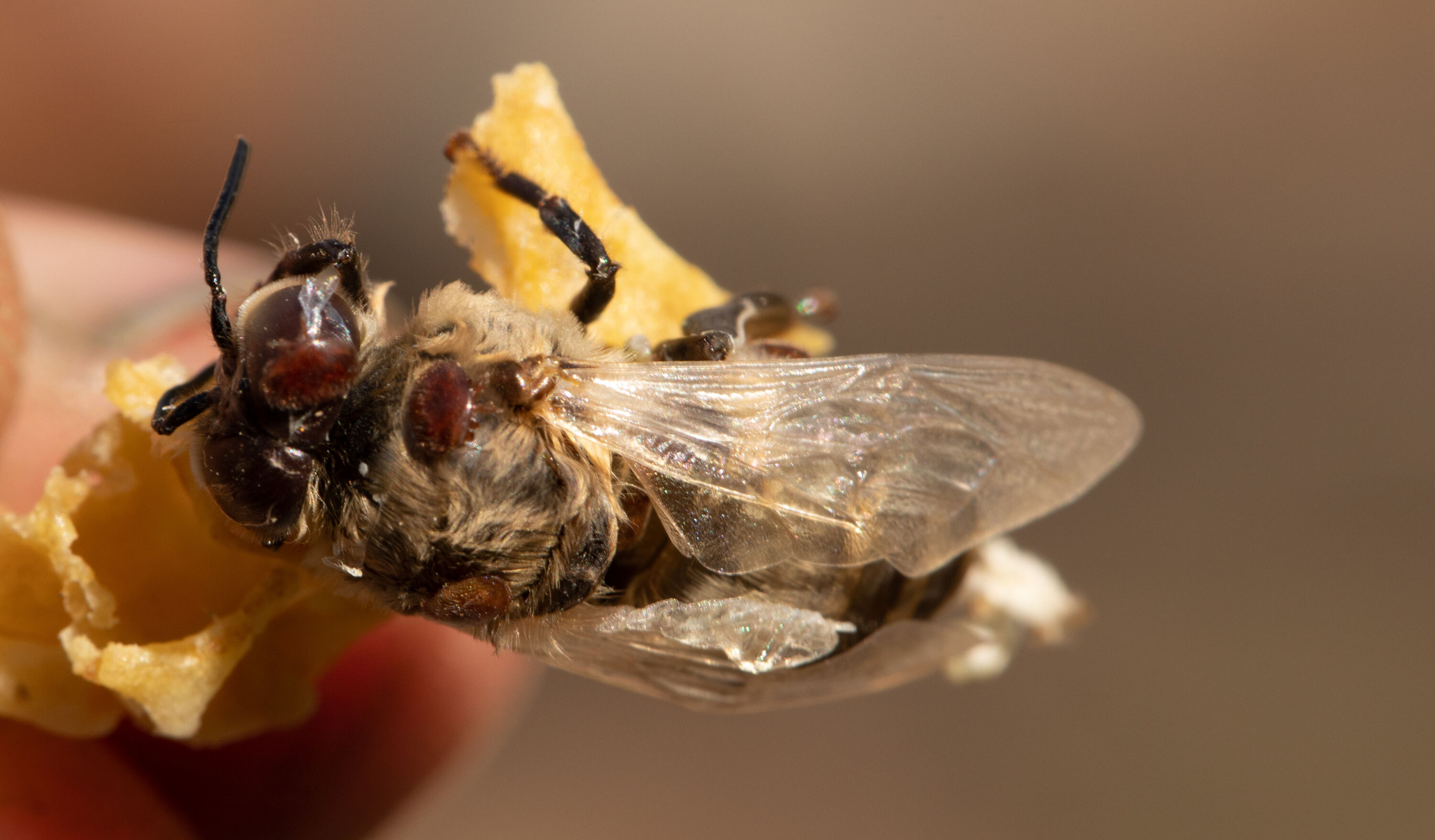
North coast apiarist Steve Fuller is urging all beekeepers to work together to contain the Varroa mite outbreak as infected sites in NSW reach 150.
The most recent detections have all been within the red eradication zones in the Central Coast and Newcastle regions, providing some confidence that the ten-month Varroa Mite Emergency Response program is working.
“Getting all beekeepers to do the right thing and keeping on top of feral hives are the biggest challenges to beating the Varroa mite,” Steve said.
“I am urging all beekeepers to report hive locations and carry out alcohol washes at least once in every 16-week period and report these results to NSW DPI.”
“And don’t move bees with out permits or declarations.”
“Beekeepers, farmers, and government all must work together on this. We absolutely have to because if this spreads, the cost to our industry and the agriculture sector will be astronomical.”
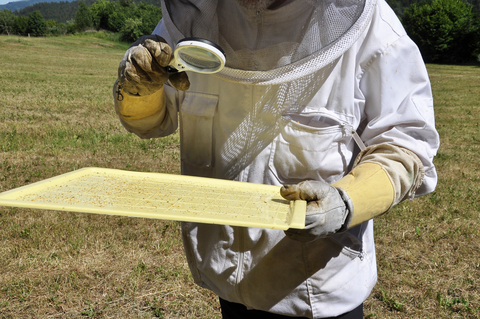
Steve is based near Grafton and is President of the NSW Apiarists Association. He said Varroa mite has caused much heartache and hindrance for beekeepers across the state.
“Beekeepers are realising the importance of it all so that we can eventually get other states to open their borders again to our bees.”
“It has been very difficult for beekeepers, especially those in the red zone. For those with hives in the purple zones, the movement restrictions are having a big impact.”
“It’s been 10 months since the outbreak support and the financial support is running out for some beekeepers, who have had no income coming in.”
“Many are just surviving, and I know of at least 10 commercial beekeepers that are looking to get out.”
“We have had really good here in Australia in terms of bee diseases and biosecurity threats, but now we are doing it tough, and we all need to pull together.”
Bees buzzing in berry crops
There is a buzz around the berry crops in the Coffs Harbour region following a six-month plan to get bees back busy pollinating crops heavily in flower.
“Right now, we are busy getting hives onto berry farms in the Coffs Harbour area. It takes a lot of forward planning in terms of getting permits and getting the timing right to provide pollination services,” Steve said.
“It does not matter what crop it is, the hives have to be set up in front of flowering. You can’t just walk onto the farm and put the hives in.”
“It did start in February, but now is the peak flowering time for the blueberry growers.”
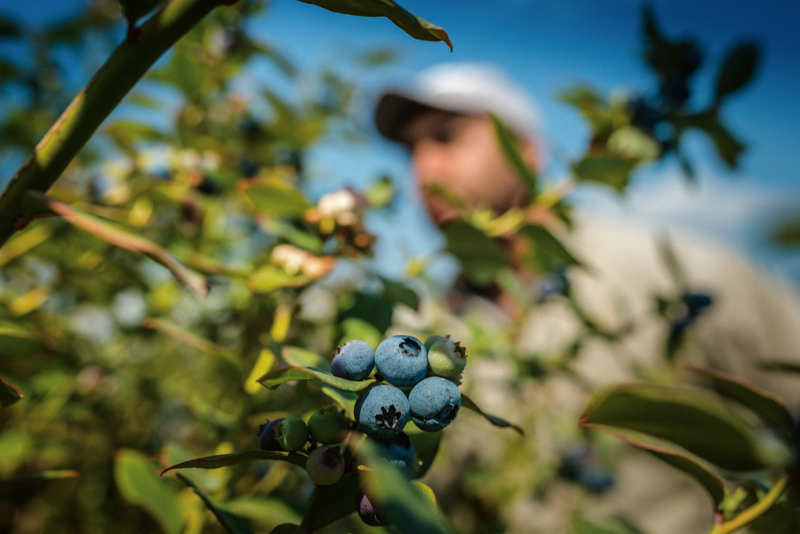
The deadly bee parasite was detected on a blueberry farm at Nana Glen, 25 kilometres inland from Coffs Harbour, in July last year and a 10-kilometre eradication zone was established.
NSW DPI’s varroa mite response coordinator, Chris Anderson, said the berry plan required national approval.
“We worked closely with Berries Australia to put a case forward to allow bees to go back into the area and do the pollination,” Chris said.
“The main reason was that if we could not get bees in, the impact on the berry industry would be huge. We saw the impact on the Victorian almond industry last year due to border closures.”
“It’s a plan that will go for several years with the eventual goal of declaring freedom for the region. We have already done all the eradication measures in the zone and will be monitoring bee populations for any signs of Varroa.”
“So far, we have issued permits for just over a 1000 hives.”
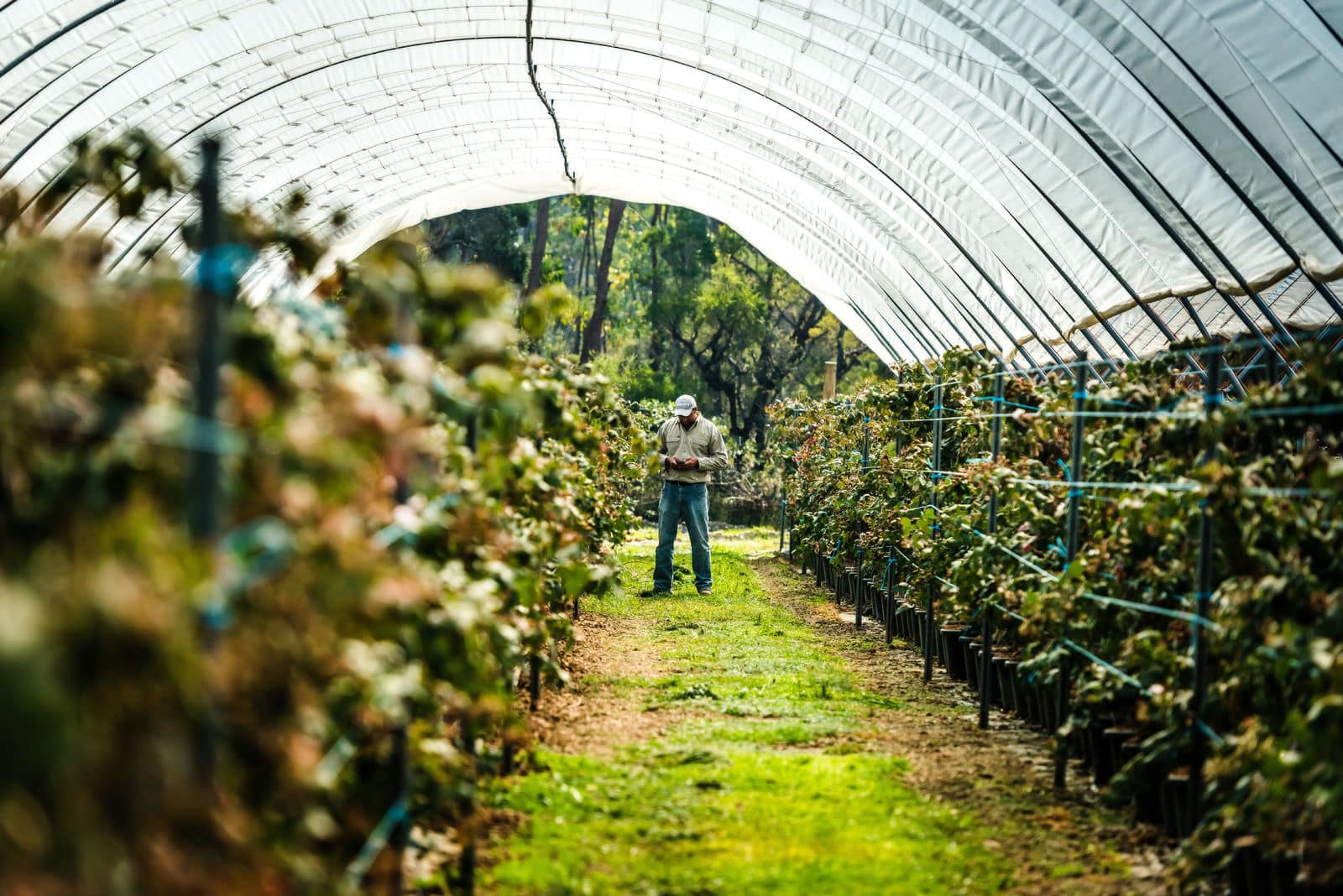
While the beekeeping industry is a relatively small one, it plays a crucial role within the agricultural sector of NSW, and across Australia. Bees are essential not just for the production of honey and other hive products, but also for pollination of the food crops that feed us and our livestock.
Chris said there are 15 different industries contributing to cost of the response program, including horticultural peak bodies like the Almond Board of Australia, Ausveg, Berries Australia and Apple & Pears Australia.
Chris said the latest Varroa mite detections were discovered during ongoing surveillance activities completed by beekeepers and NSW DPI in the Central Coast and Newcastle red zones
He said it is testament to the extensive work of tracing and surveillance in helping to arrest the outbreak.
“When we get a detection, we go around that local area to gather as much information on where the mites came from. It has usually due to people moving equipment and bees around within the zone.”
Euthanasia of wild or feral European honeybees in eradication zones is also a key component of the National Varroa mite Response because Varroa mite can also be spread to new locations when transported on wild bees.
“The emergency response program’s intent is still to eradicate Varroa mite by June 30, 2026. We are very confident that we have it contained and we are moving into winter, which slows down bee movement. That gives us a real opportunity to get on top of eradication measure in the red zones,” Chris said.
Learn more about Australia’s growing almond industry here.
Container levy a must for biosecurity
Australia’s largest farm advocacy body is calling on the federal government to make importers pay a container levy to boost biosecurity efforts.
NSW Farmers said it would revive the campaign for an Onshore Biosecurity Levy – ditched by the previous federal government – which would see importers shoulder their share of the biosecurity burden.
“There’s no second chances when it comes to biosecurity,” NSW Farmers Biosecurity chair Ian McColl said.
“A single, widespread disease outbreak could cause billions of dollars in economic loss, not to mention extensive damage to our agricultural and native plants and animals.
“We need to strengthen our borders against threats, and we need to ensure state and federal departments and authorities are properly resourced to prevent – and respond if need be – to pest and disease outbreaks.”

It came after federal police and biosecurity officials seized 38 tonnes of illegally imported turtle meat, frog meat, plant products, avian meat, pig meat, beef meat, and raw prawns that could potentially harbour several devastating diseases.
With NSW the destination for half of all imports, Ian said more needed to be done to keep the state safe from illegal black-market material while securing access to export markets.
“We welcome the NSW Agriculture Minister’s commitment to biosecurity, but it’s clear there needs to be a dramatic increase in resources at a state and federal level to inspect incoming freight and parcels,” Ian said.
“We support the concept of biosecurity as a shared responsibility – those who create biosecurity risks should invest in prevention and management of those risks – and we believe a ‘container levy’ is a simple way to help fund these increased efforts.


